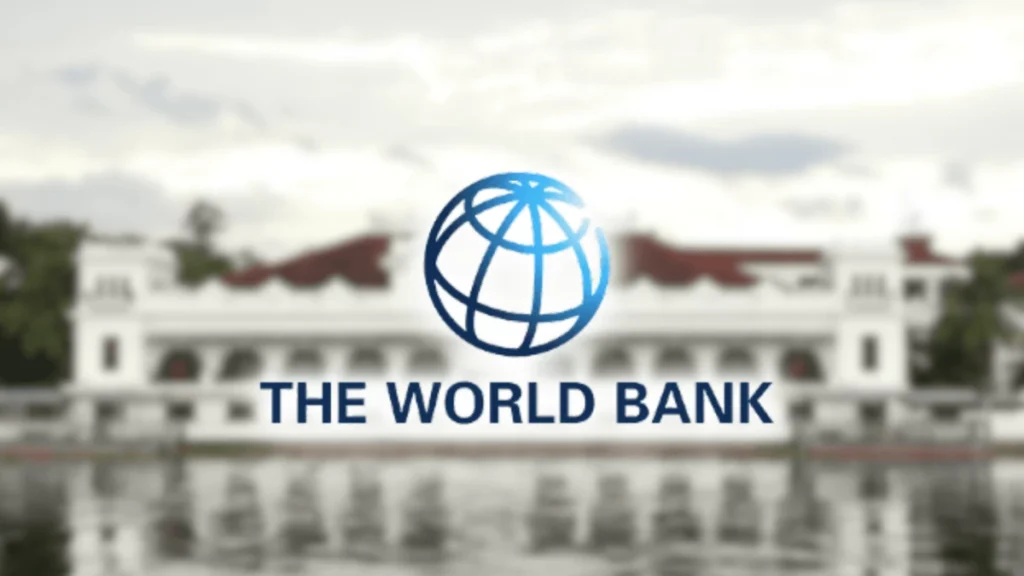Aside from strengthening governance to build investors’ confidence in developing countries like the Philippines, the Washington-based World Bank Group (WBG), the world’s largest development bank, said these economies should also increase job opportunities for women as local branches of foreign companies often hire more women.
“FDI [foreign direct investment] can also help increase job opportunities for women: the domestic affiliates of multinational enterprises, for example, tend to have a higher share of female employees than domestic firms,” the World Bank said in a report published June 17.
Such is a recommended policy that developing countries should adopt as FDI inflows to these economies dropped to their trough in almost two decades in 2023, the latest data available to the multilateral lender showed.
“In 2023, developing economies received just $435 billion in FDI—the lowest level since 2005,” the World Bank reported. FDI flowing into developing countries during the year made up only 2.3 percent of their total economic output, nearly half the level seen during the 2008 peak.
As such, the World Bank suggested that governments of developing economies should maximize the positive impact of brick-and-mortar FDI on the economy.
Strengthening trade ties, improving governance, investing in skills and education, and expanding formal employment help countries gain more from FDI, the report said.
Governments can also maximize the benefit of FDI by directing investments into industries that deliver the most economic and social benefits, it added.
Another recommendation from the lender was “redoubling efforts to attract” more investments.
“Easing FDI restrictions that have accumulated over the last decade would be a good start. So would speeding up improvements in the investment climate, which have stalled in many countries over the past decade,” the World Bank said.
Lastly, the World Bank urged improving cooperation with other countries, as doing so will encourage collaboration to speed up policy efforts that will help steer FDI toward developing nations that need it the most.
To recall, net inflows of brick-and-mortar FDI into the Philippines fell to $498 million in March, the lowest in three months. This was attributed to the heightened political instability and lingering United States (US) tariff-led uncertainty eroded investor confidence.
The latest data from the Bangko Sentral ng Pilipinas (BSP) showed that March FDI declined by 27.8 percent from $689 million a year earlier. It was the lowest since December last year, when they reached only $110 million.
FDI net inflows for the first three months also declined by 41.1 percent to $1.8 billion from the $3 billion recorded in the same period a year ago.


